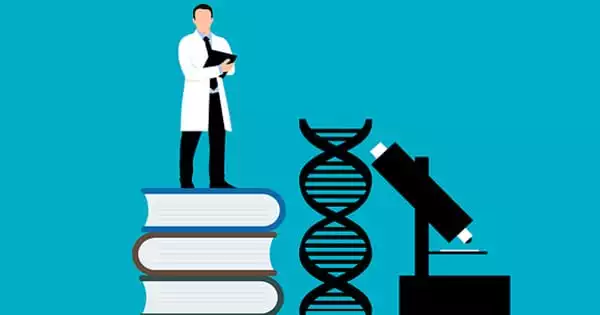Medically, constipation is described as having less than three stools per week, whereas severe constipation has fewer than one stool per week. Lower abdominal discomfort, a sense of incomplete evacuation (the feeling that you still have to “go”) after a bowel movement, straining to have a bowel movement, hard or small stools, rectal bleeding and/or anal fissures caused by hard stools, physiological distress, and/or obsession with having bowel movements are all symptoms of constipation.
When we eat something, our gut senses its presence and begins to move it along our digestive track, but the issue has always been, how? New research using both human gut samples and mice has identified that a touch-sensing protein called Piezo2 is found not only in our fingers, but also in our gut, and that its presence may play a role in constipation.
When we eat something, our gut senses its presence and begins to move it along our digestive track, but the issue has always been, how?
Now, new Flinders University study utilizing both human gut samples and mice has shown that Piezo2, a touch-sensing protein that was the topic of a 2021 Nobel Prize, is not just in our fingers, but also in our stomach, with its presence likely playing a major role in constipation. This study was recently published in the prestigious international journal Gastroenterology.
Piezo2 was discovered in cells that lining the human digestive canal, allowing them to detect physical inputs such as touch or pressure that occur when food is present. The cells subsequently respond by producing serotonin, which stimulates stomach spasms and helps the food move.
Lauren Jones
“Many people suffer from digestive disorders on a daily basis, such as chronic constipation, but we still don’t understand the underlying cause of most of them,” explains Lauren Jones, lead author and final year Ph.D. student in the College of Medicine and Public Health.
“Piezo2 was discovered in cells that lining the human digestive canal, allowing them to detect physical inputs such as touch or pressure that occur when food is present. The cells subsequently respond by producing serotonin, which stimulates stomach spasms and helps the food move.”
Ardem Patapoutian and David Julius, international researchers, were awarded the Nobel Prize in Physiology or Medicine last year for their work on receptors responsible for touch and temperature perception, including the discovery of Piezo2, which is now known to be responsible for sensing light touch on our skin.
The Flinders research team also observed that the levels of Piezo2 in the stomach diminish with age, and that removing the protein only from gut serotonin cells decreased gut motility in animals, producing constipation. According to the scientists, this could be a contributory factor to age-related constipation and present a potential therapy path.

“Age-related constipation affects one in every two persons over the age of 80, while constipation affects practically everyone at some point in their lives,” Ms. Jones explains. “As a result, it’s critical that we enhance our understanding of the underlying mechanisms so that we can discover tailored solutions to improve the quality of life of the many people who suffer from various gastrointestinal problems, including constipation, on a daily basis. This study lays the groundwork for future research as well as the creation of highly precise treatments to mitigate the effects of constipation.”
While more research is needed to firmly link Piezo2 to constipation, the authors say the study is a crucial step forward in our understanding of gut physiology, offering up new targets for the treatment of digestive problems.
“More precisely, we now have the potential to develop medicines that are taken orally and only directly influence these cells that line the gut, dramatically decreasing side effects commonly found with many current medications,” Ms Jones explains.
The study, “Diminished Piezo2-dependent tactile sensitivity occurs in aging human gut and slows gastrointestinal transit in mice,” was published in the journal Gastroenterology by Lauren A. Jones, Byungchang Jin, Alyce M. Martin, Lai Wei, the Flinders Gastrointestinal Consortium, Seungil Ro, and Damien J. Keating. Professor Keating’s research was funded by an Australian Research Council grant. Professor Keating’s research was funded by an Australian Research Council grant.
Constipation and diarrhea can coexist. This pattern is frequently seen as part of the irritable bowel syndrome (IBS). Fecal impaction, which occurs when stool hardens in the rectum and blocks transit, is at the extreme end of the spectrum for it (although occasionally diarrhea may occur even with obstruction due to colonic fluid leaking around the impacted stool).
















